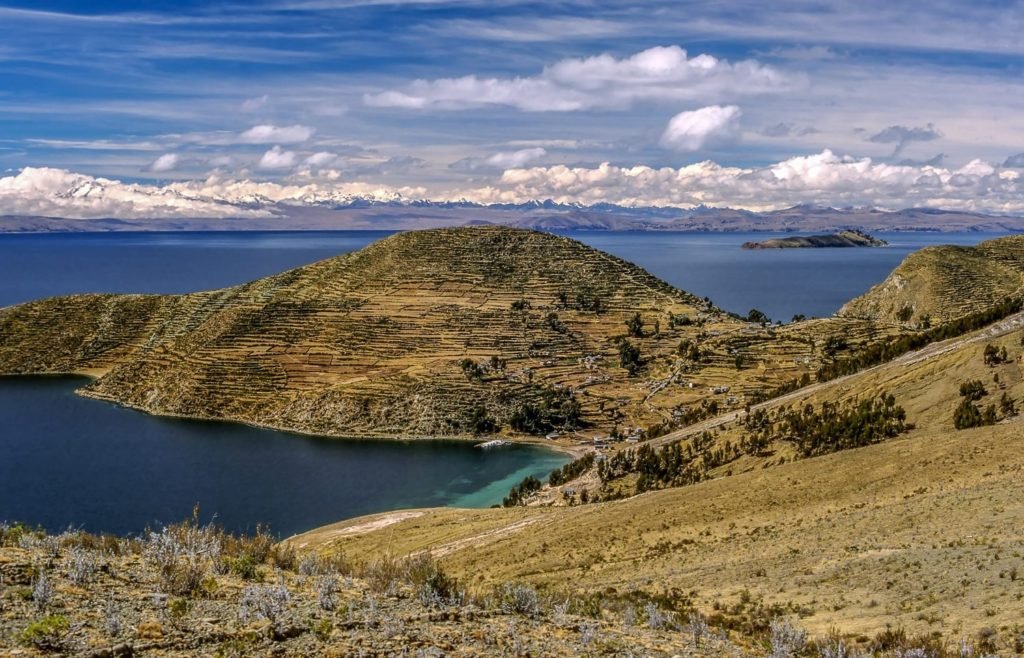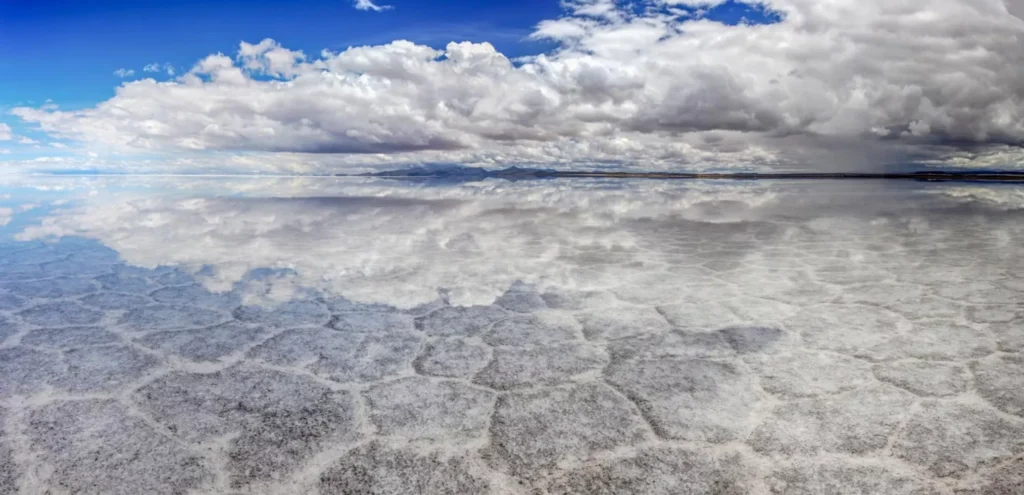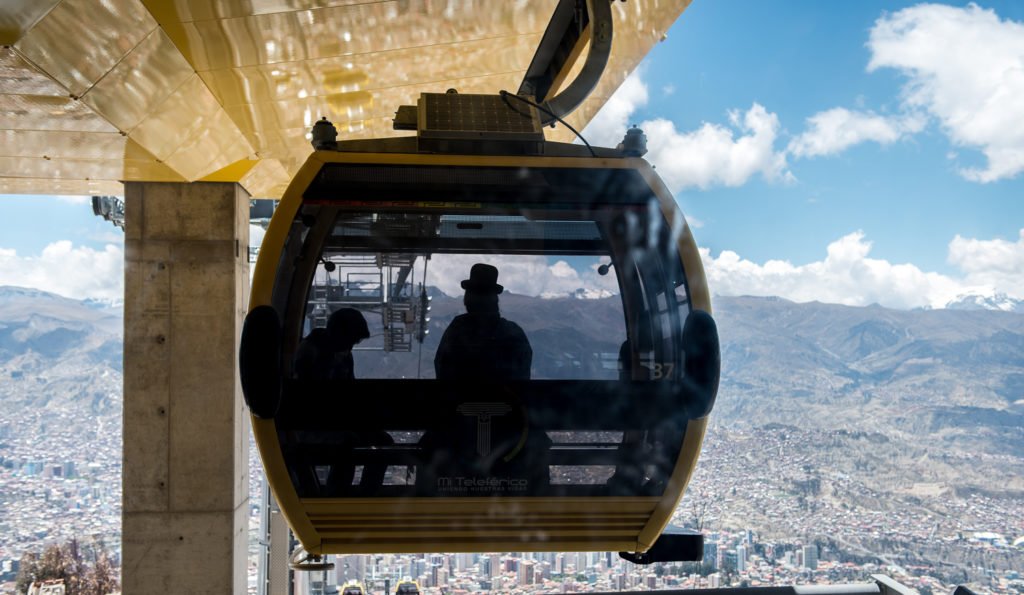Page Menu
Potosi Silver Mine
Yes, the Spanish succeeded in finding some gold in the New World.
That said, it was the mountain of silver they found at Potosi that changed history.
Cerro Rico (Rich Hill) is the site of the largest silver deposit ever discovered—over 45,000 tons of silver were extracted there between 1556 and 1783.
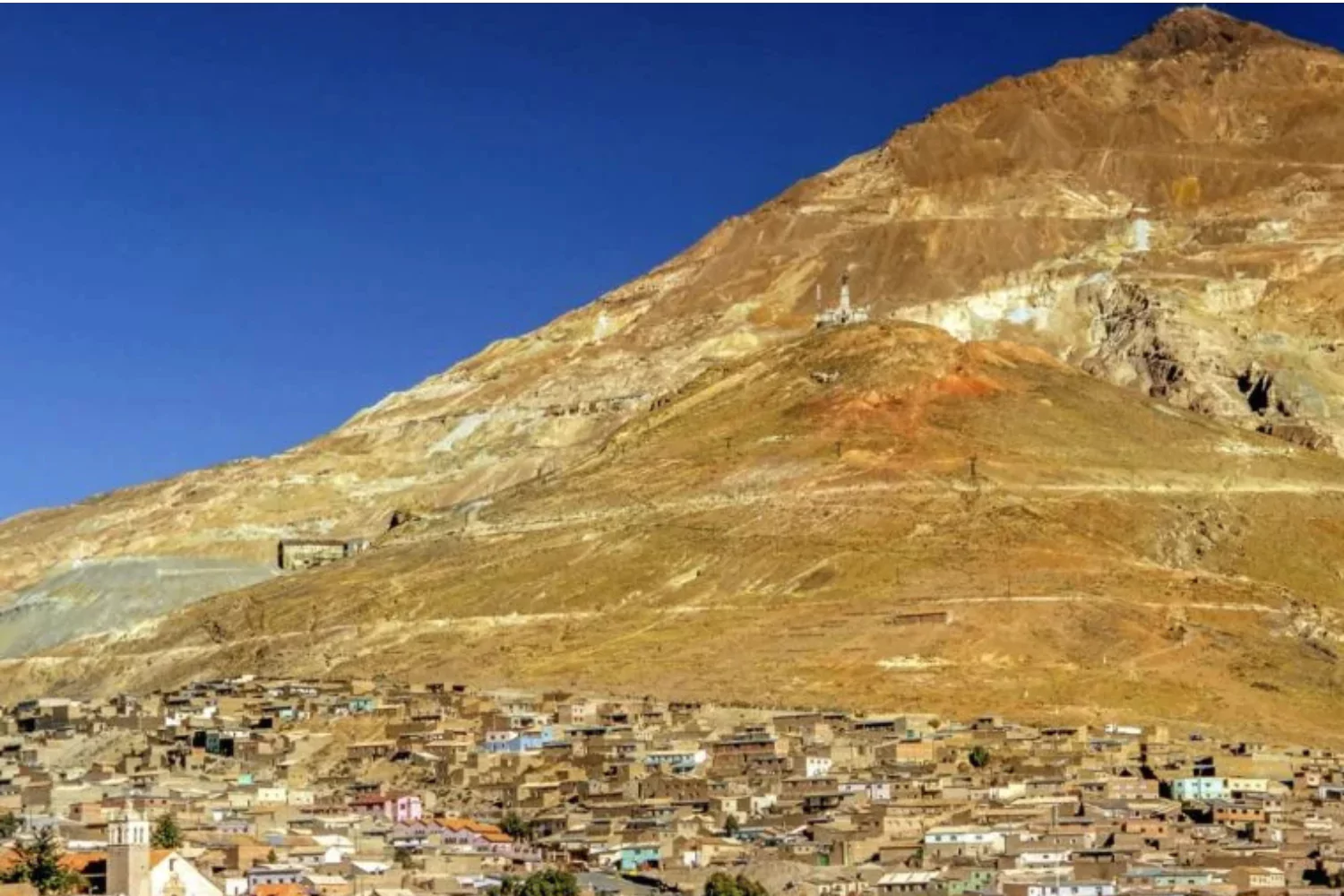
These mines were the primary source of Spanish colonial wealth.
As a result, the mining base of Potosi evolved into the Hemisphere’s richest city.
The Discovery of Silver at Potosi
According to popular legend, the initial vein was located in 1544, by local herder Diego Huallpa, during a search for lost llamas.
As Diego camped for the night, he noticed molten metal beneath his campfire.
This story builds on an earlier tale, in which Inca Huayna Capac was warned by a thunderous, disembodied voice that the mountain should not be disturbed—its wealth was reserved for other masters.
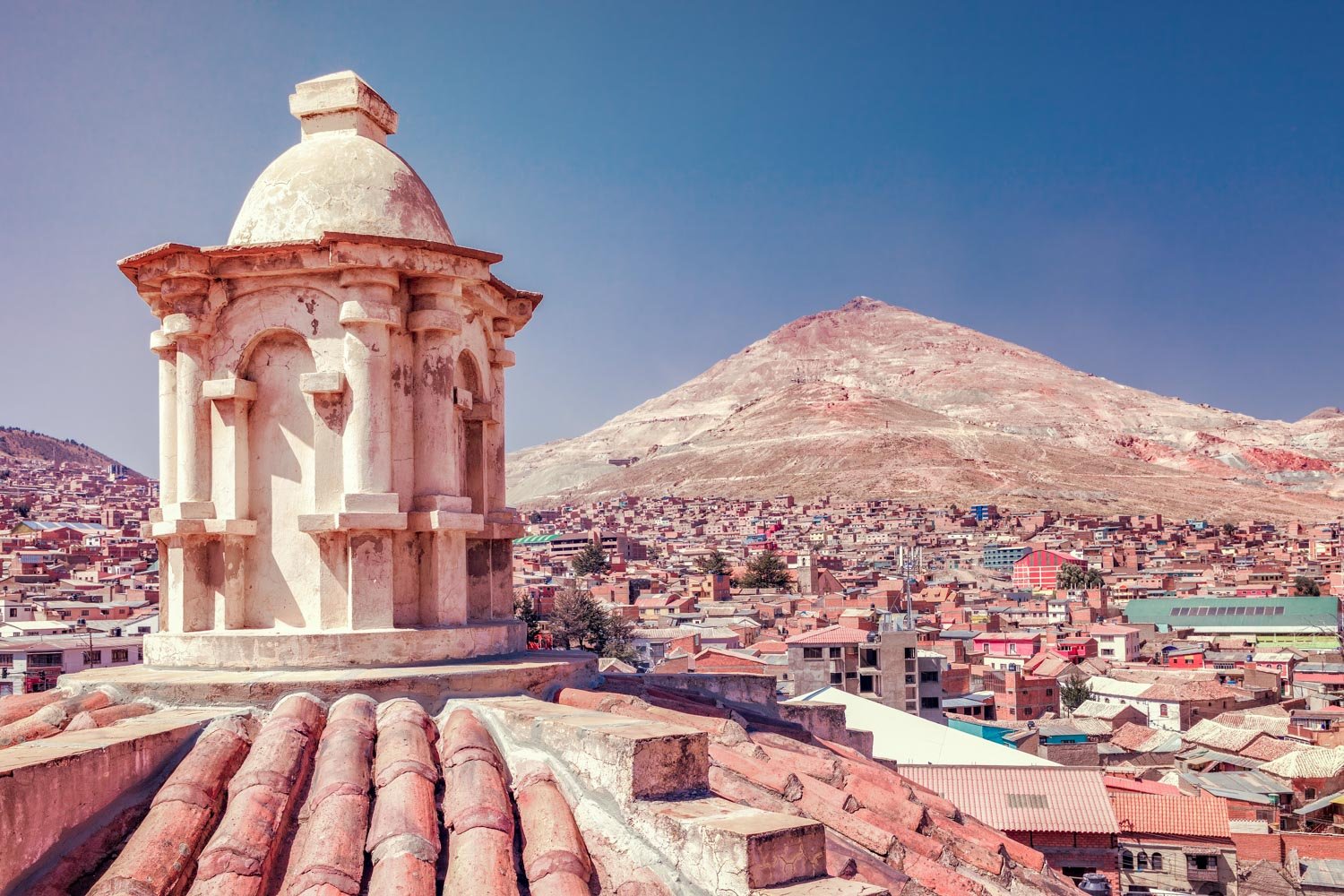
Today, Potosi enjoys UNESCO World Heritage status, in recognition of its mining heritage and colonial buildings.
Potosi’s historic highlights include:
- The Casa de la Moneda (“House of the Mint”; constructed between 1753 and 1773)
- The Church of San Francisco (built in 1707)
- The Baroque church of San Lorenzo (built in 1548)
One of the Highest Cities in the World
At 13,350 feet above sea level, Potosi is one of the highest cities in the world.
It can be reached from Sucre (two hours to the northeast) and Uyuni (three hours to the southwest).
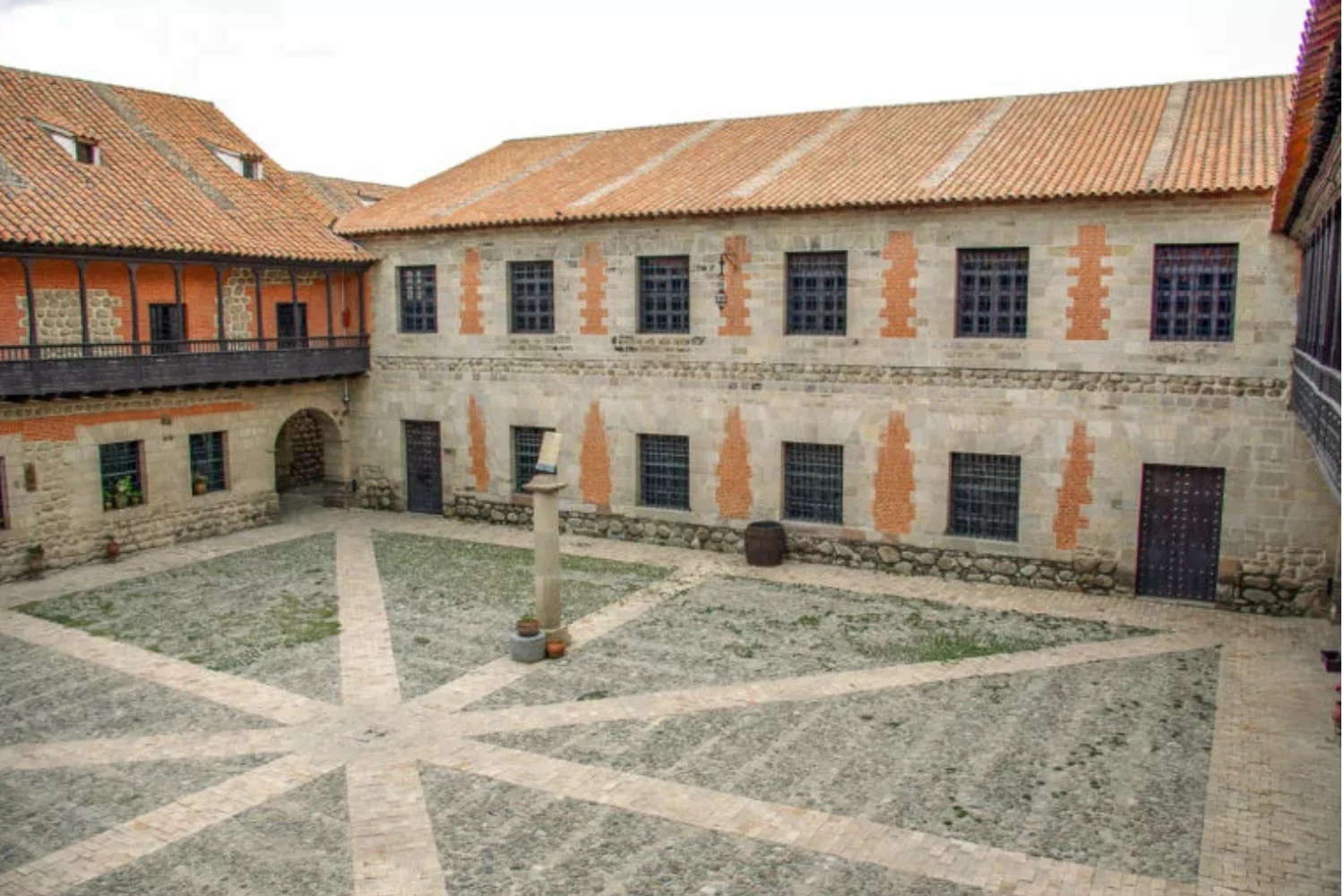
What to do in Potosi
Guided visits to Cerro Rico, including mine entrances
Tours of the Casa de la Moneda
Visits to the Church of San Lorenzo and the Church of San Francisco
Walks through Potosí’s historic center
Accompanied explorations of local markets and Andean handicraft workshops
Scenic drives linking Potosí with Sucre or Uyuni
What is the Weather Like?
At 13,350 feet above sea level, Potosí has a cool, high-altitude climate year-round. Daytime highs typically reach the mid-50s°F, while nighttime lows fall to around 30°F. Skies are clearest and travel easiest from May to October, when crisp, dry days highlight the city’s colonial architecture and sweeping mountain views. From November to March, rains return, bringing greener hillsides but making excursions less predictable. Regardless of season, visitors should prepare for strong sun by day and chilly evenings after sunset.
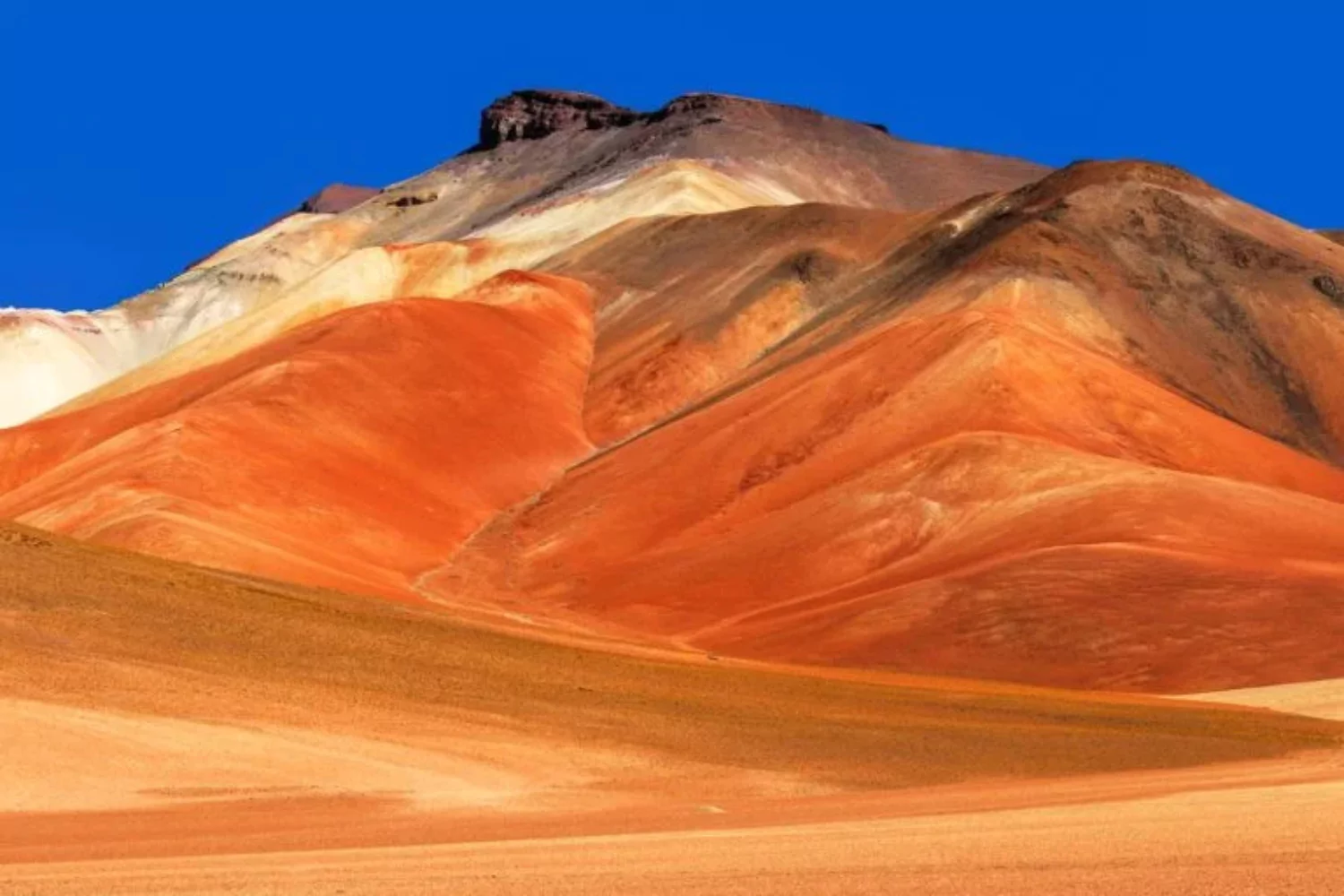
Getting There
Potosí lies two hours from Sucre and three from Uyuni by road. Scenic drives reveal highland valleys and mountains, while daily buses and private transfers provide reliable connections. Travelers from La Paz or Santa Cruz often fly to Sucre and continue by car, arriving ready to explore the city’s dramatic vistas.
Start your journey today
LANDED delivers the finest in custom, private travel to Central America, South America, and Antarctica. These regions are our passion; we know them first-hand and by heart. Speak with one of our travel designers and let us create a tailored itinerary for you in Potosi.
How to combine Potosi
Have some extra time? Here are some options for you to combine with.

